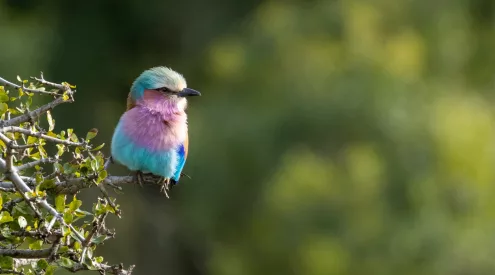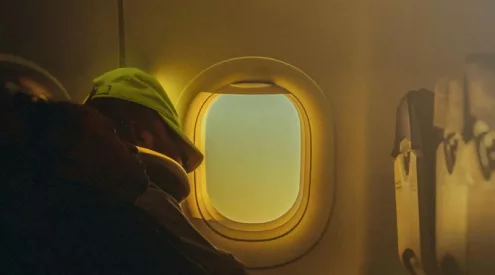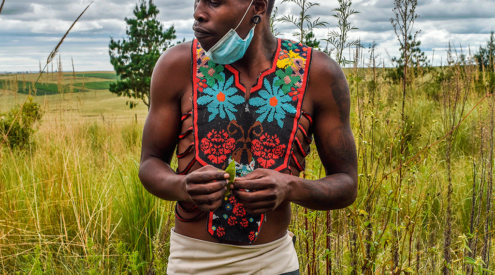It is the first time in 20 years that cheetahs are roaming the land in Malawi. In May 2017, the Endangered Wildlife Trust (EWT) and African Parks translocated four adult cheetahs from South Africa to Liwonde National Park in Malawi. Cheetahs were declared extinct in the country 20 years ago. And now, this little group has started to expand after two females gave birth to cubs.
In 2017, there were only 7,100 cheetahs left in the entire world. South Africa has had the majority of the existing population within its borders and has seen a steady incline in its cheetah population. In 2014, the estimated population was between 1,200 – 1,300 in South Africa, whereas in 2017 cheetah numbers rose to between 1,166 – 1,742.
Other African countries have noted a drastic decline in their wild cheetah populations – some have been wiped out completely – for a multitude of reasons. Zimbabwe experienced an 85% decline in its cheetah populations between 1999 and 2015, with an estimated 170 animals documented there in 2016. South Africa’s more stable cheetah population is one of the reasons why the cheetahs were translocated from here.
The cheetahs are from four separate reserves – Phinda Private Game Reserve, Mountain Zebra National Park, Welgevonden Private Game reserve, and Amakhala Private Game Reserve. They were then flown on a light aircraft from OR Tambo to their new home at Liwonde National Park in Malawi.

A cheetah being safely released into a boma in Liwonde National Park in 2017. (Source: africaparks.org)
A year after a valiant and successful translocation, one of the females gave birth to four healthy cubs in October 2018. Shortly after this, the second female that had been translocated to the park also gave birth, and had at least three cubs. These are the first wild cheetah cubs to be born in Malawi since cheetahs were first declared extinct in the country two decades ago. This is a major success for conservation, as there is hope for other species to be reintroduced to lands their ancestors once roamed.
Unfortunately there were no photos available of the newborn cubs at the time of publication, but here are some adorable photos of other cheetah cubs for you to swoon over:

(Source: Unsplash)




















